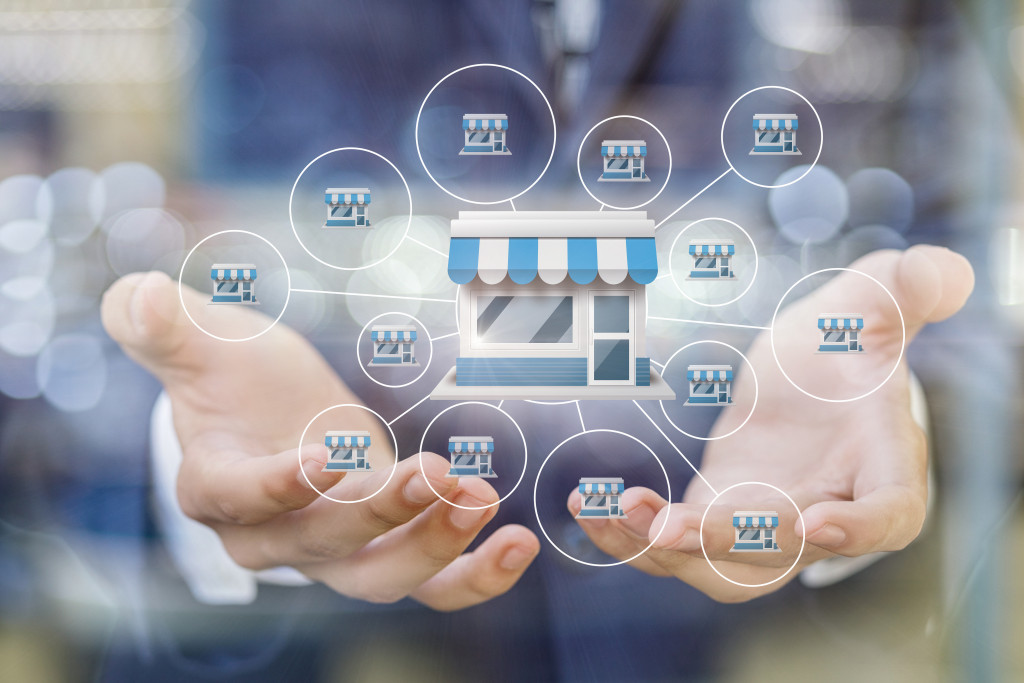Consumers have changed the way they approach retail. They want to spend time interacting with the product or the culture of the brand before they decide on a purchase. A shopping experience will not leave the customer with only a product but with memories. This is a trend called experiential retail.
Experiential retail involves engaging more than the sense of sight of the customer. It is a more hands-on experience of the brand itself. This way, it makes them feel more connected to the product. The experience should also be something unique to help them remember the store or the brand. Here are some ways to execute experiential retail.
Create a Virtual Experience
The advancement of technology has increased the expectation of consumers. They want more than pictures or videos. They want more than inanimate products seating on shelves and platforms. Then enters augmented reality.
The key is to choose the right digital showroom developer. You can then showcase your products in an interactive way. People will have the chance to engage with the product using their devices. They can even “try” these products and see if these items fit their lifestyles. Think of cars, clothing, or home furniture. Anyone can now have a test drive without leaving their homes. Customers will love to pick the right outfit at their own pace. This is the convenience of technology. It creates an immersive and extensive experience. This helps customers to enjoy their virtual shopping more.
Reinvent Your Space
People do not want stale items and presentations. They crave something unique and something that appeals to their style or taste. Presenting your merchandise the same way every time will cause disinterest. Imagine seeing the same products on the same spot even after a few weeks of the visit. It also translates the message that the item has no appeal to the buying public.
With creativity, store owners can create spaces or themes that will excite people. Design your store as a gallery, a maze, or a sci-fi-themed area. Use lighting, sounds, and smells that fit the chosen theme. Then, showcase your products following the theme. Make sure, though, that your chosen theme relates well to your products. In your effort to be unique, do not go for far-fetched concepts. Also, choose elements that stimulate the senses but do not overwhelm them. These reinvented spaces will excite consumers to interact with your products. They will see the items in a different light.
Build a Community
People want connection. They want to meet people that hold the same interests as their interests. As consumers, they want to compare how certain products are valuable for them. As a business owner, you can provide this opportunity for them.
Instead of only selling your products, you can host events that are relevant to what you sell. If you are into cookware, then have cooking lessons in your store. People will get the chance to interact with your products and with others. A bookstore can hold weekly reading sessions of their favorite books. Then encourage them to upgrade their collections by buying more of your titles.
Having a community around your products and services builds brand loyalty. It is an assurance that people will not forget your offerings. They can even talk about your items even when they step out of your stores.
Focus on First-hand Experience

Some people hesitate to buy a certain product because they are not sure if it would work for them. It might be good to look at, but they cannot envision these items well in their personal spaces.
Big brands such as Nike and Ikea have creative solutions for such a predicament. Some stores of this famous shoe brand have an in-store basketball court. Some have a soccer trial space and treadmills. This allows customers to try their products in their intended environment. On another note, Ikea hosts big sleepovers in their warehouses for around 100 people. The experience consists of selecting the mattress, sheets, and pillows. The experience was even more special with added services. These include consultations from sleep experts and yoga classes. There are also massages and breakfast the morning after.
As a store owner, you may not have the same means as these big brands. You can think of ways on how your customers can see your products in a more natural setting.
Experiences help to commit a product or service into memory. The sale may be immediate or not. Creating an unforgettable experience will help consumers to consider a purchase. Experiential retail is becoming a powerful marketing strategy. Study how this technique can help your business and apply it well. Remember that the experience does not need to be expensive. It needs to be memorable, instead.
